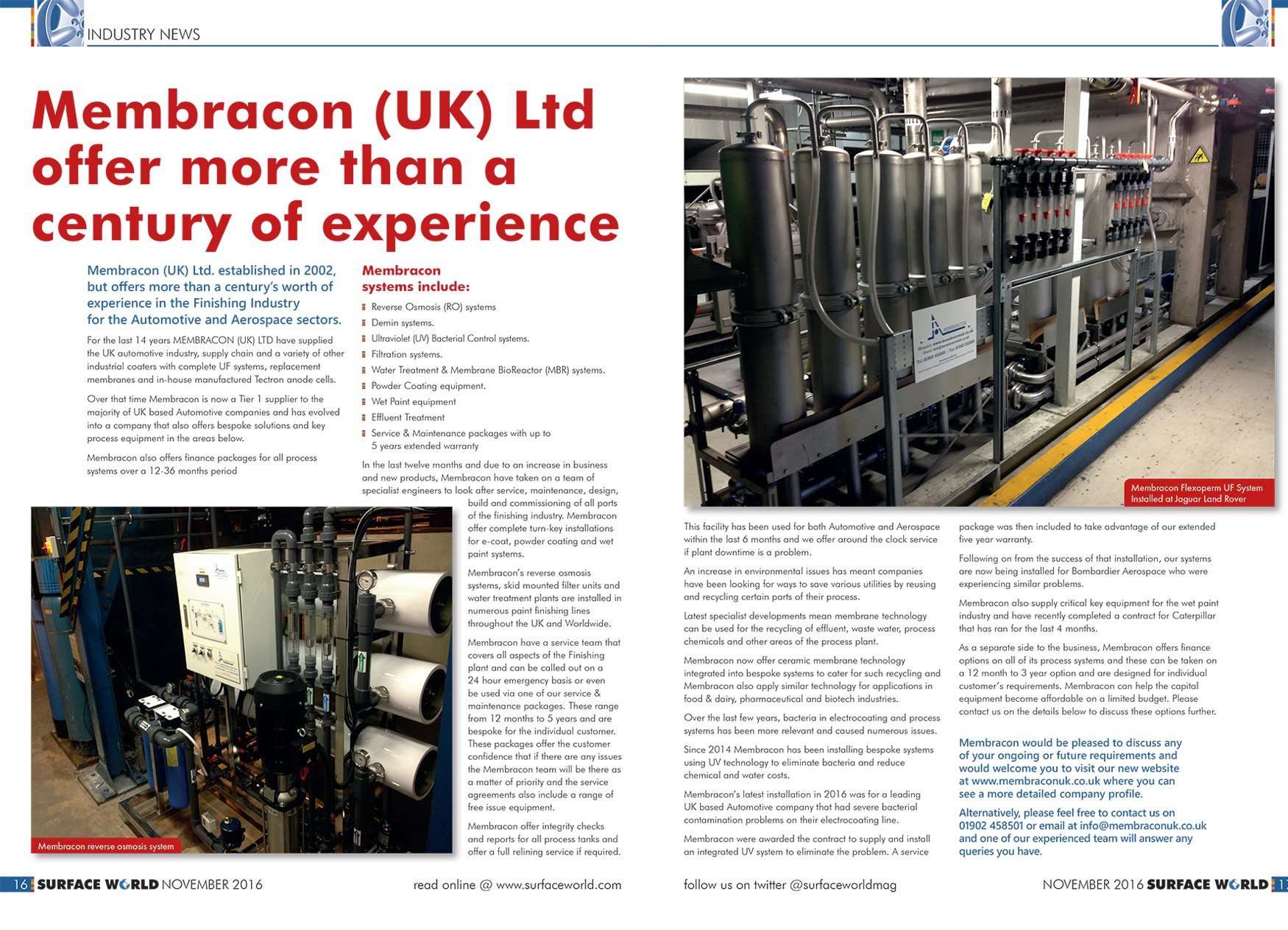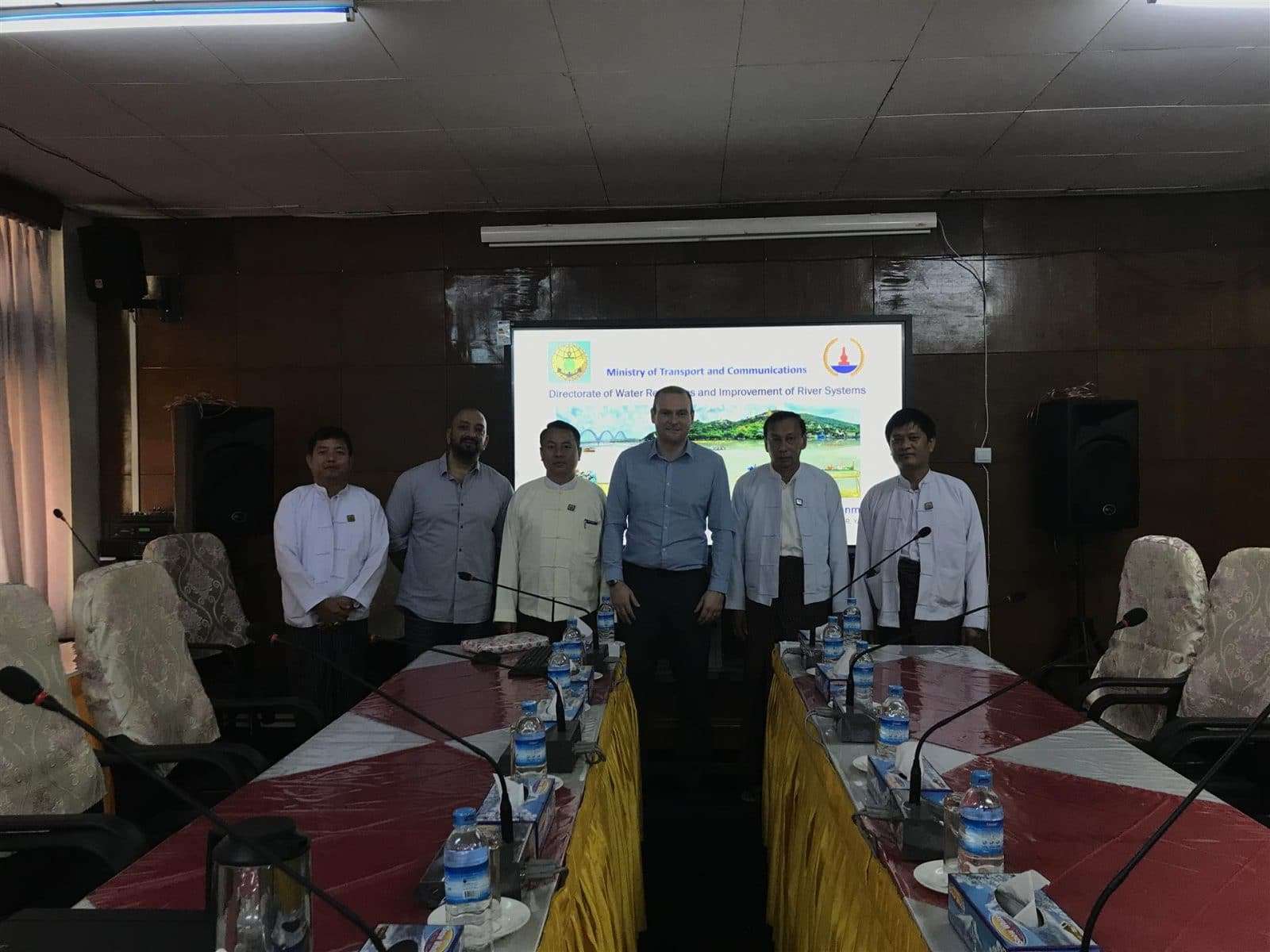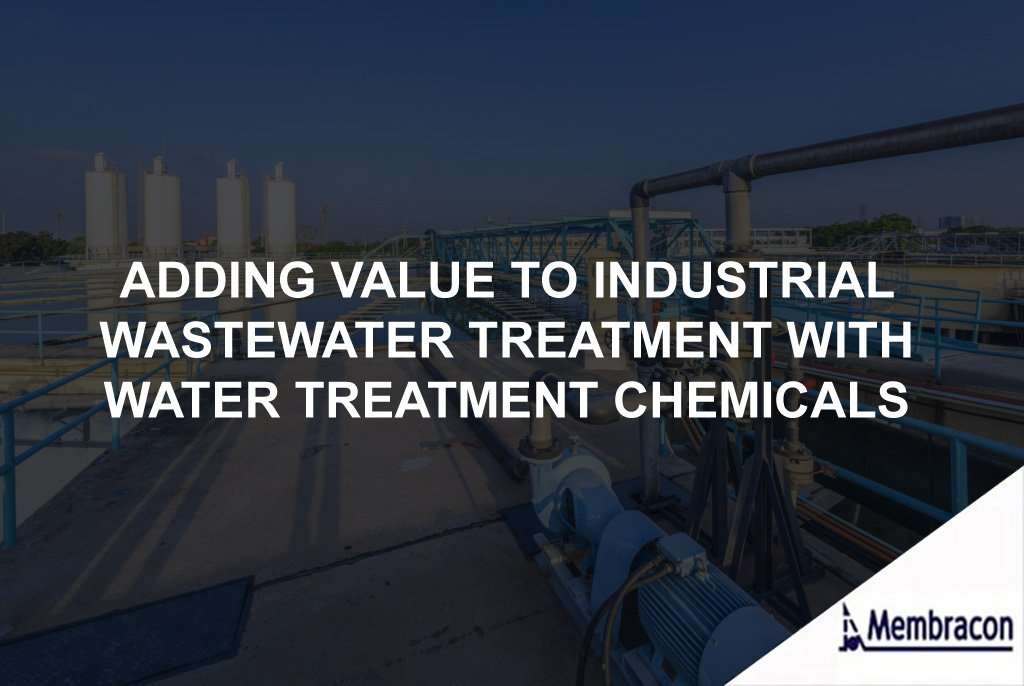
Adding value to industrial wastewater treatment with water treatment chemicals
Chemical water treatments are the simplest way to remove organic and inorganic compounds from wastewater. pH neutralisers, anti-foaming agents, coagulants and flocculants treat wastewater with high efficacy, enabling the treatment of high volumes of wastewater before discharge or further filtration.
However, water treatment chemicals can also be a financial burden on treatment plants, especially when they are not optimised.
The most common mistake that leads to this is selecting chemicals based on rudimentary data about the composition of wastewater/effluent.
Before any chemicals are specified, the flow rate, total suspended solids, chemical oxygen demand and pH level of the water need testing and analysing. These tests will give us a complete profile to specify the correct chemicals.
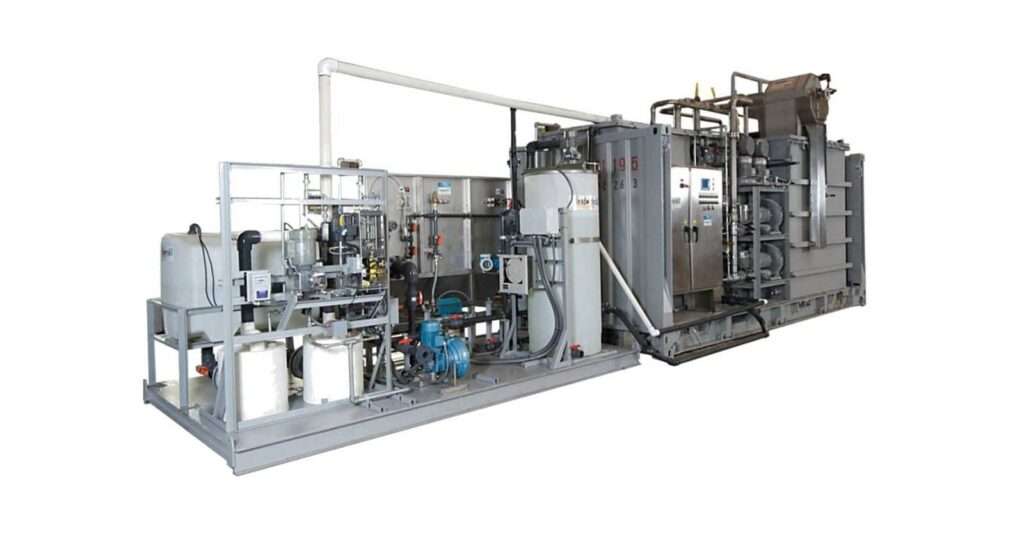
Adding value to wastewater treatment
Refining the chemicals used in wastewater treatment improves the quality of treated wastewater and enables higher treatment capacity; chemicals can work better, reducing treatment times and unlocking new efficiency.
As far as complexity is concerned, chemical treatment is the simplest form of wastewater treatment. It is ideal for treating wastewater/effluent before discharge, and treated liquids can be further refined to produce a specified quality.
Specifying the correct water treatment chemicals reduces waste and provides consistent dose rates, bringing order to the treatment process.
Without the correct chemical mixture, you can use unnecessary quantities of expensive chemicals. Additionally, you could incur higher MOGDEN charges based on the biological oxidation of effluent if the chemicals aren’t effective.
Using too many chemicals (both in quantity and type) is common in industrial wastewater treatment plants. Reducing the number of chemicals required can save money and improve treated water quality.
Another way specifying the correct chemicals reduces costs is by freeing up the time of plant engineers, who can spend less time checking if the flowing water stream is within specified limits and altering dosing when discrepancies are found.
Getting the chemicals right
After we have analysed the wastewater’s flow rate, total suspended solids, chemical oxygen demand and pH level, we can specify chemicals. But this is only one piece of the puzzle; we also need to use them in the correct amounts and introduce them effectively.
The plant’s design largely determines the correct dosing and how the chemicals should be introduced to produce the required effects.
Unnecessarily high dosing will lead to enormous material costs, and it could even reduce the efficacy of treatments, leading to higher MOGDEN charges.
Because of the pandemic, the HGV driver shortage and Brexit, there is also a wastewater chemicals shortage. Some chemicals are in short supply, and inflation is also driving up the cost, making correct dosing more essential than ever.
Alternative treatment methods
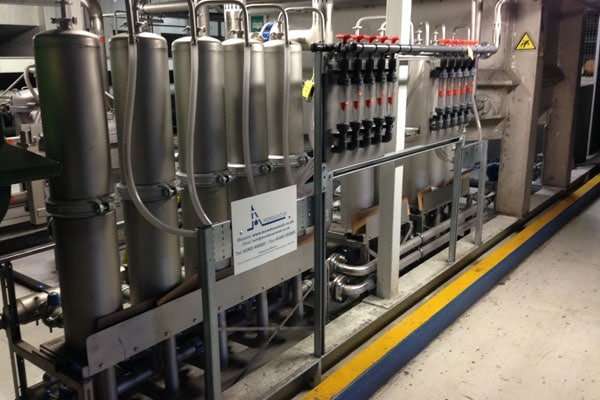
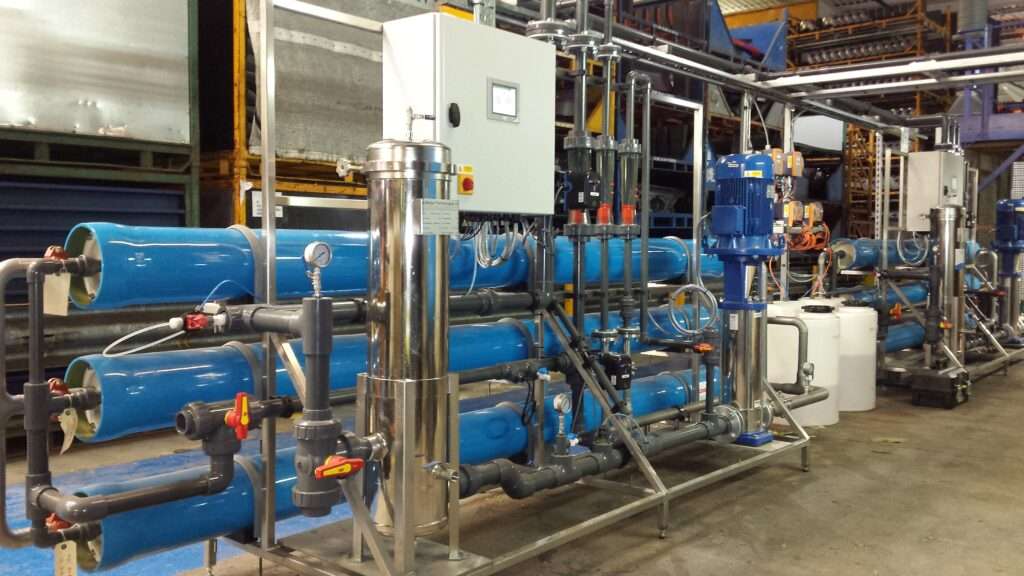
Reverse osmosis can remove organic and inorganic contaminants from wastewater with no chemicals, resins or ion exchange beds. They are self-contained, self-cleaning units, reducing maintenance costs while improving treatment quality.
Ultrafiltration (UF) spiral membranes offer a mechanical solution ideal for most concentration or clarification applications. If you want to treat wastewater, UF is a reliable solution, capable of also separating oil/water emulsions.









